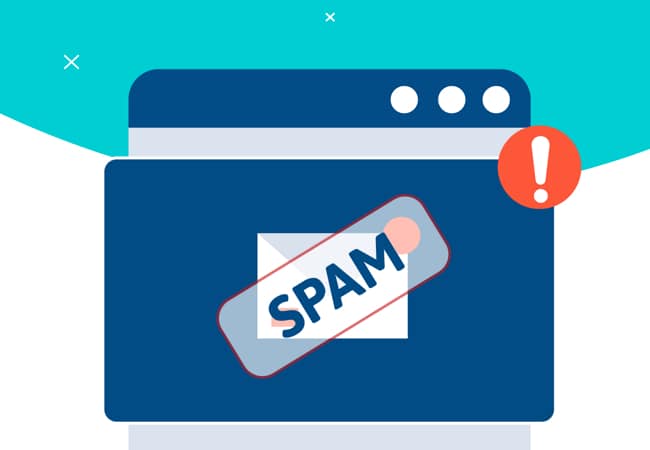Gurmehub Campaigns Review Now!
POS Integrator PRO Now On Sale! Buy Now
TravelerWP Integration Now at POS Integrator Try Now

What is spam is curious. We can explain it as the general name of pop-ups, links and emails that we encounter every day on the internet.

The most common type of spam is unsolicited email, which is sent to a large number of users to deliver phishing, advertising and malware.
But recently web spam related to keywords and links that aim to influence search engine results such as Google, also known as spam tactics is also increasingly widespread.
Search engines that recognize spamming methods update their algorithms and penalize pages that prefer these methods by listing them lower in search engine results or by closing the pages.
Email spam Apart from spam, the most common types of spam are traffic, search and link spam. Let's explain these types in detail for those who say what spam is.

The purpose of search spam is to improve the ranking of a web page in search results. Mostly, this type of spam is used to increase the ranking compared to competitors.
Most popular search spam The technique is to stuff keywords into the title, content and site description of the page that is no longer effective.
However, keywords hidden in sections that the visitor cannot see are also losing their validity. Because Google's smart algorithms now render this type of spam completely dysfunctional.

For those who wonder what spam is, traffic spam should also be mentioned. There are two types traffic spam are available. The first is when you receive traffic from a page that is perceived as spam because of a link to your page. As a result, even if there is some increase in traffic to your page, your image in the eyes of Google is negatively affected.
The second is Google Analytics that you can understand with applications such as the "link to the URL", that do not redirect to you, that the relevant link is not visible, or that there is no site at that URL.
Traffic spams distort your monthly data. Therefore, such spam types pose a problem for your site.

For the topic of what is spam, it is also necessary to explain link spam. Clickable links are pages that consist of embedded content, contain a lot of advertising, provide a large number of external links but few inbound links, and often publish articles on different topics, link spam in terms of the nature of the suspect.
Since external links to your page are the right indicator for you to be considered an authority in terms of search engines, link spamming in the field of digital marketing is considered to be a frequently preferred and non-dangerous strategy.
But recently, manual link spam It is also seen that spam is obtained by adding links in areas such as comment and forum sections. Especially on pages where spam in the comment section is automatically approved and published, there is an increase in comment spam created and transmitted with various software. When you try to delete them all one by one, it can take days.
Since the comment sections of web pages are extremely important for SEO, there are various plugins and software that delete these spam comments in one go.
For those who say what spam is, it is also useful to mention this: The link spam you may encounter is not limited to these. SEO attacks called Negative SEO Attack are also a type of link spam. The worst part of these is that your page is often penalized by Google due to spam links.
If suspicious, untrusted links from unrelated sources have caused some differences in your traffic and your pages are loading too late, this type of SEO attack may be in question. Therefore, it is important that you cooperate with SEO The expert should routinely browse incoming links.
You can also use Google Search Console's Disavow feature to disavow such links from your page.